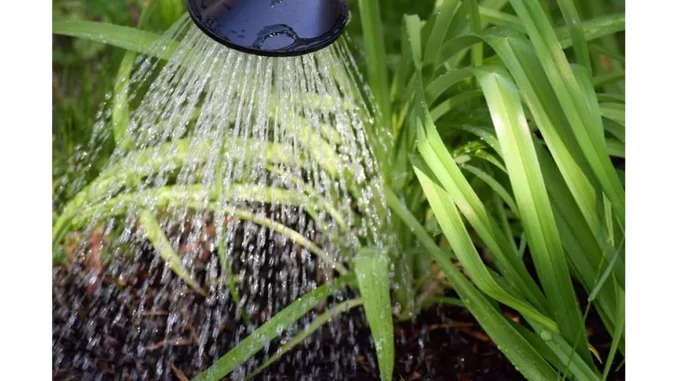
The Art of Container Gardening: Transforming Outdoor Spaces with Elegance and Precision
In the realm of gardening, container gardening stands out as a versatile and rewarding approach, particularly cherished by those with limited space or a penchant for manageable gardening ventures. With the right techniques, one can metamorphose any outdoor area into a vibrant oasis teeming with flourishing plants. Herein, we explore essential tips for watering plants in containers, ensuring your garden thrives with elegance and precision.
Understanding the Unique Needs of Each Plant
The cornerstone of successful container gardening lies in comprehending the distinct requirements of your plants. “Recognising the individual moisture needs of plants is crucial,” notes horticulturist Dr. Emily Green. For instance, flowering annuals typically favour consistently moist soil, while succulents revel in arid conditions. Vegetables, especially juicy varieties like tomatoes and cucumbers, demand soil that retains moisture without succumbing to waterlogging. Herbs present a delightful variety: basil and rosemary prefer soil that dries out between watering to enhance their flavour, while parsley and chives thrive with more consistent moisture.
Choosing the Perfect Soil for Optimal Growth
Selecting an appropriate soil is pivotal in container gardening. Modern potting mixes are meticulously formulated to provide the “moist yet well-drained” environment most plants crave. It is imperative to select a mix tailored to your plants’ specific needs. Potting soils labelled for “cactus and succulents” incorporate sand to improve drainage, whereas those for vegetables are designed to hold moisture effectively. Caution is advised when considering garden soil, as it may be too dense and harbour pests or diseases.
Selecting Containers with Careful Consideration
The choice of container significantly impacts plant health and vitality. Porous materials such as terracotta can accelerate soil drying, while metal containers may elevate soil temperatures, causing rapid moisture loss. “Opt for larger containers when possible,” advises garden designer Sarah Bloom, “as they retain moisture more effectively and offer generous room for root expansion.” Adequate drainage is essential to avert root rot and other moisture-related maladies.
Mastering Moisture Monitoring
Regular moisture checks are vital to circumvent over or under-watering. A straightforward method involves inserting a finger into the soil up to the second knuckle; if it feels dry, it’s time to water. It is important to remember that moisture levels can fluctuate swiftly, particularly during hot spells, necessitating frequent checks.
Exemplary Watering Techniques for Flourishing Growth
When watering container plants, aim to water deeply until excess water drains from the bottom—this ensures the root system receives sufficient moisture, fostering robust growth. Morning watering is ideal, as it minimises evaporation and allows foliage to dry before nightfall, reducing fungal disease risk.
Avoiding Common Pitfalls in Container Gardening
A prevalent misconception is that rain suffices for watering container plants; however, foliage often obstructs rain from penetrating the soil. Always verify moisture levels post-rainfall and water if needed. Avoid allowing soil to dry completely, as this can hinder rehydration. To remedy this, immerse small containers in water or puncture the soil of larger containers to facilitate water absorption.
Through the artful orchestration of plant needs, soil selection, and watering techniques, container gardening offers an unparalleled opportunity to craft a personalised and exquisite garden sanctuary. Embrace the journey with a blend of precision and creativity, and watch as your outdoor space blossoms into a testament of horticultural elegance.


Be the first to comment